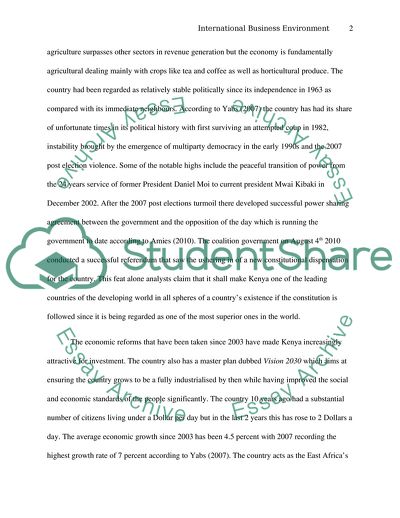Cite this document
(Environment Business Analysis of Kenya Research Paper, n.d.)
Environment Business Analysis of Kenya Research Paper. Retrieved from https://studentshare.org/macro-microeconomics/1741238-international-business-environment-environment-analysis
Environment Business Analysis of Kenya Research Paper. Retrieved from https://studentshare.org/macro-microeconomics/1741238-international-business-environment-environment-analysis
(Environment Business Analysis of Kenya Research Paper)
Environment Business Analysis of Kenya Research Paper. https://studentshare.org/macro-microeconomics/1741238-international-business-environment-environment-analysis.
Environment Business Analysis of Kenya Research Paper. https://studentshare.org/macro-microeconomics/1741238-international-business-environment-environment-analysis.
“Environment Business Analysis of Kenya Research Paper”. https://studentshare.org/macro-microeconomics/1741238-international-business-environment-environment-analysis.


